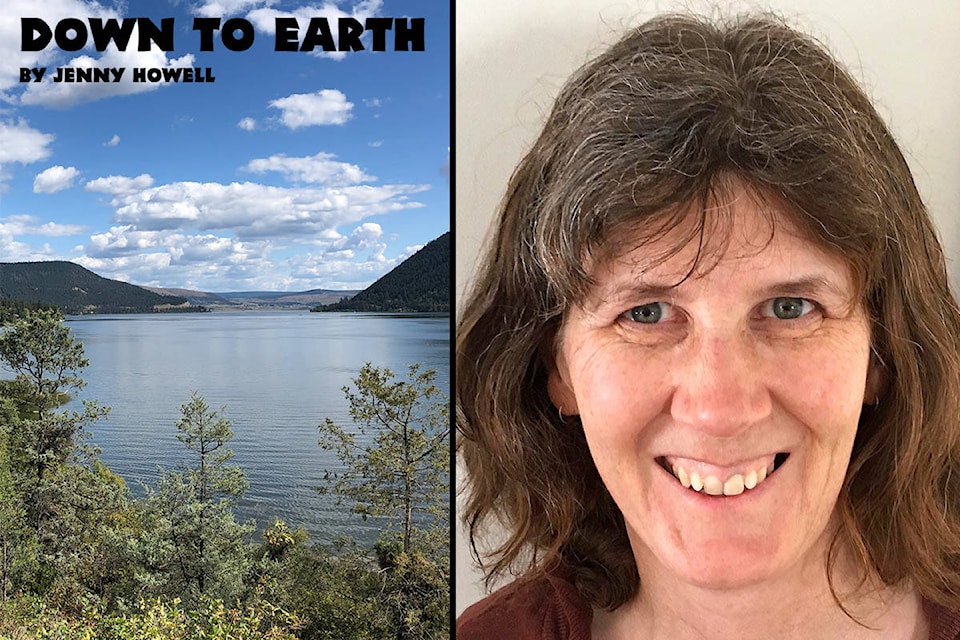In a recent article, I shared some worldwide ‘good news’ environmental stories.
This is not to be Pollyanna-ish about the very real and potentially devastating environmental problems the planet faces, but to highlight the hopeful side of things, and show that there are solutions within reach. This week I wanted to focus on our own local, good news story.
A big part of my job is teaching the Water Wise program locally. The bulk of the program focuses on classes, activities and field trips with elementary students, based on water education, conservation and protecting water quality. I think it is common in the environmental field to question whether what we are doing is making any real difference, so a few years into running our programs, I decided to look at the data and find out.
The city of Williams Lake keeps excellent records of water flow. They know day to day how much water is coming out of the aquifer at the Scout Island pump stations and which areas of town are using the most. Without individual house meters, this is the key information I have to see if families are getting the message to conserve from their children. There are many variables to also consider when evaluating the program; such as industrial use, population variations and rainfall patterns. I have become pretty good at finding my way around Environment Canada precipitation data bases, B.C. statistics and how to remove industrial influences as much as possible. It has become a fun number puzzle each year.
Water Wise started in 2006. With the 2019 data included, we now use 28 per cent less water than we did if you averaged the 2002-2006 years. Our population has varied slightly over the years, but has remained pretty consistent overall. Weather patterns are changing considerably, but we are still being water wise even in dry summers.
This is good enough news in itself, but it gets better. The ND Lea report commissioned in 2007 projected that water use in Williams Lake would be over eight million cubic metres a year by 2020 without conservation, and hoped for around five million cubic metres with successful conservation strategies. Our actual overall total water use in 2019 was 2.99 million cubic metres (658,000,000 imperial gallons), so significantly better than they had projected even in a best case scenario. What a nice sentence to write!
Like most statistics, this relates directly to the real world we live in. Protecting and saving the aquifer is essential to Williams Lake’s future success as a community. Finding another potable water source would be incredibly difficult and expensive- it is not as easy as just taking water from the lake.
So congratulations, Williams Lake for your ability to pull together, to work towards the common good and to help ensure a stable water supply for future generations.
Water Wise tip: Use your automatic washing machine for full loads only; even the best front loading machines use approx. 60-80 litres a wash, top loaders average about 120 litres. The average house does five to six loads per week.
For more information on Water Wise or Waste Wise and any of our school and community programs, contact the Cariboo Chilcotin Conservation Society at sustain@ccconserv.org or visit the website at www.ccconserv.org.
Jenny Howell is a Water Wise instructor and the executive director of the Cariboo Chilcotin Conservation Society.
